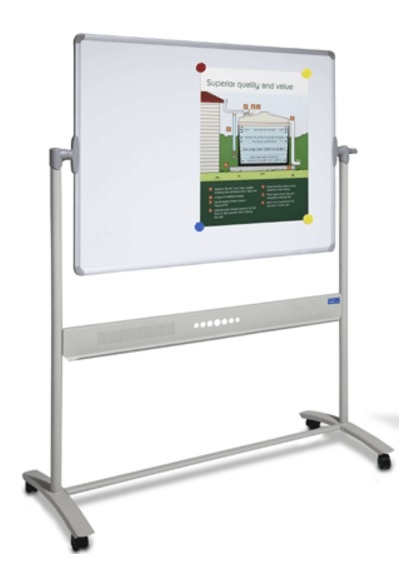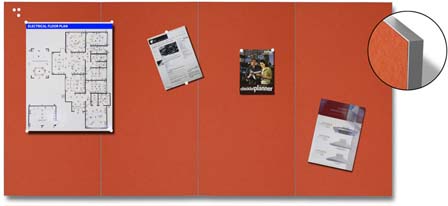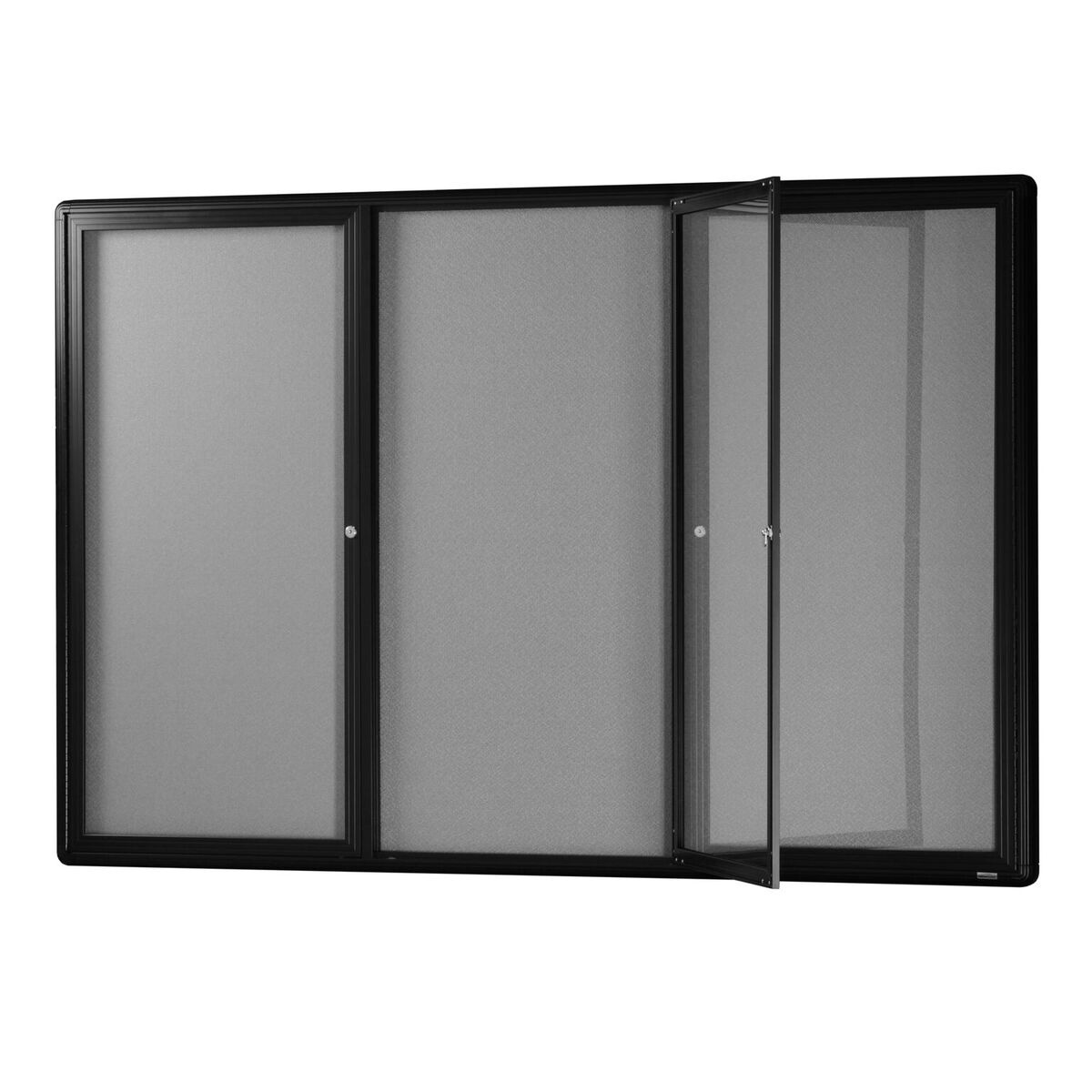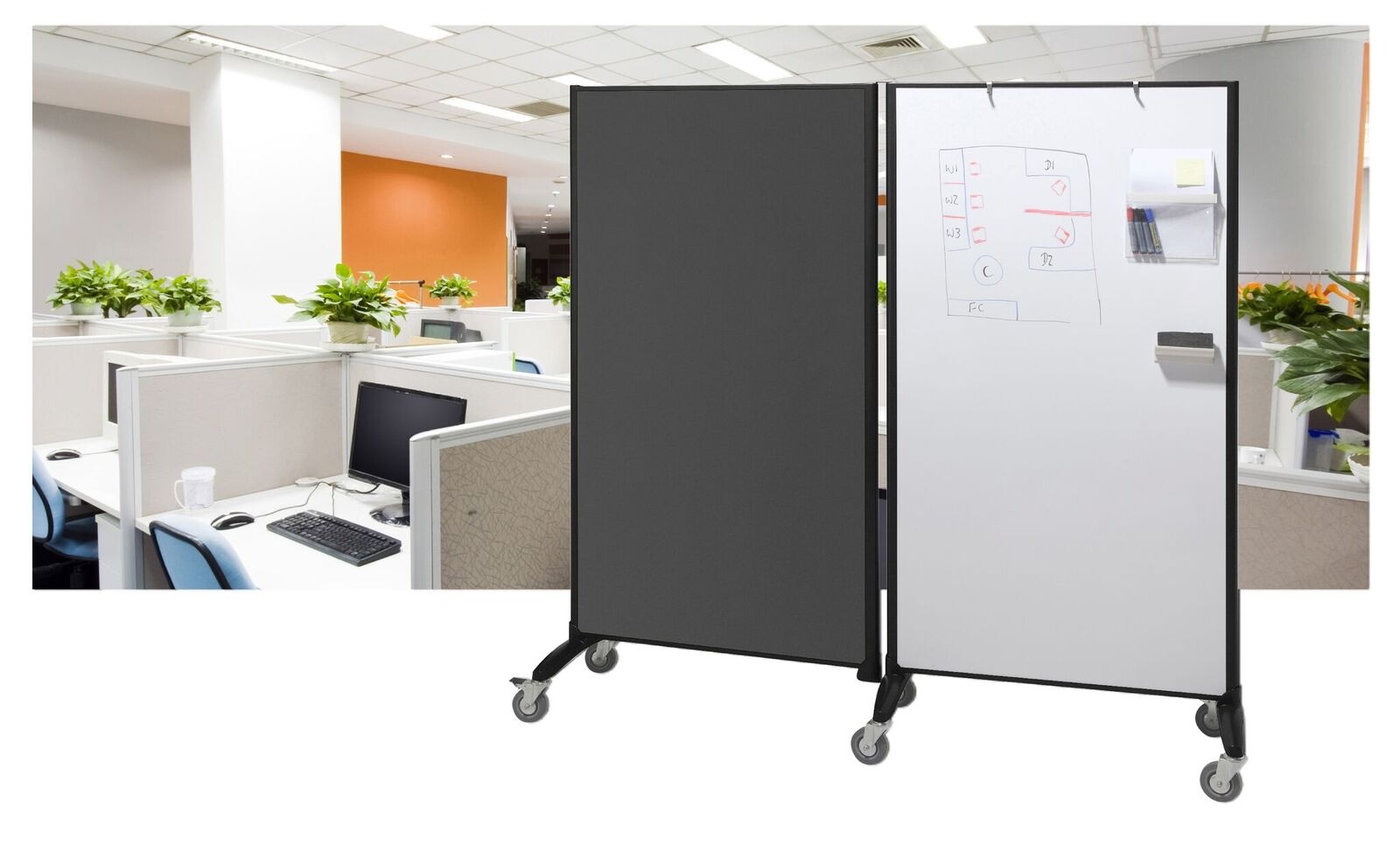Monthly planner whiteboards and how they can help you achieve more
In today’s digital world, life runs at a faster pace than ever before. You’re not so much going with the flow as shooting the white-water rapids of circumstance. One of the best ways to claw back some clarity is through setting personal goals. Here’s how a monthly planner whiteboard can help you do just that.
Why even set goals?
The research is clear: life’s winners – the famous athletes, the high-powered executives, the Nobel Prize winners – they all set goals. And then they achieve them! Having sharp, clearly defined goals gives you both long-term vision and short-term motivation.
Goals also:
- Help you effectively organise your time and resources
- Allow you to separate the important tasks from the irrelevant ones
- Act as a motivational tool
- Focus your concentration
- Raise your self-confidence as you achieve them.
What is a SMART goal?
SMART goals are the antithesis of vague resolutions. Five key aspects transform them into concrete resolutions, rather than items on a wishlist.
SMART goals are:
- Specific - What is the goal? Who’s involved? What’s required? Why am I doing it?
- Measurable - Am I able to track the progress of the goal and quantify the outcome?
- Attainable - Is the goal realistic? Is the timeframe reasonable?
- Relevant - Is the goal truly worthwhile and consistent with my other goals?
- Timelined - Does my objective have a time limit?
Monthly planner whiteboards
SMART goals, by definition, must be measurable. And the best way to measure your progress is to write it down. This is where our monthly planner whiteboards come in. Writing your goals down and tracking their progress ensures you have the answers to all these questions:
- How do I make sure that the goal processes are working?
- How can I stay focused on my goals on a day-to-day basis?
- How will I know when and how to make appropriate changes?
Ensuring that goal processes are working
‘Work to live, don’t live to work’ is an adage for a reason. Your goal processes are working when your work doesn’t impact on your downtime.
Your monthly planner whiteboard can help maintain your work-life balance by reminding you about what non-work fun things are coming up. When writing up your monthly schedule, ask yourself these questions:
- Have I got enough social appointments?
- What have I got planned for my weekends?
- Are there any items on my bucket list I can tick off?
Staying focused day-to-day
Keep your appointments and deadlines on lock by mapping out key dates on your planner. At a glance, you can see what’s coming up and make a mental note of how much time to allocate for a project or meeting. Examples:
- ‘I have an appointment with a client on Friday, so I need to allocate 3 hours for that.’
- ‘My manager has given me until next week to finish two reports, so I need to work on them simultaneously.’
Knowing when and how to make appropriate changes
When you set a goal, you want to work towards it as efficiently as possible. Working ineffectively benefits no one. Your monthly planner whiteboard will let you track your habits, this empowering you to make informed decisions about what’s working well and what isn’t.
When something’s working well, put a tick or a star next to it to signify success. When something isn’t working, highlight it to rework. In this way the whiteboard essentially acts as an ‘external brain’ to record your goals (“specific”), evaluate your progress (“measurable”), and keep track of due dates (“timelined”).






